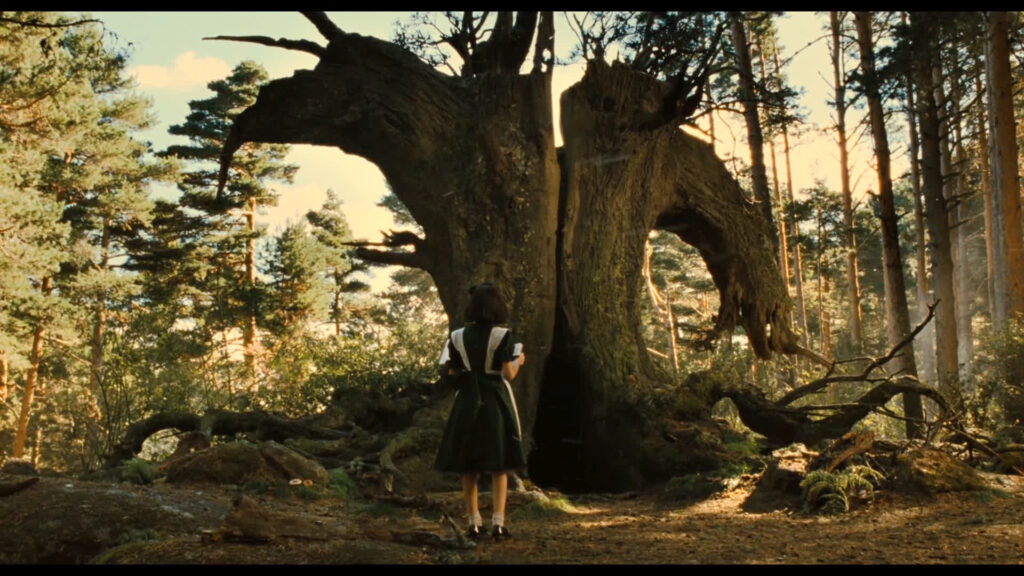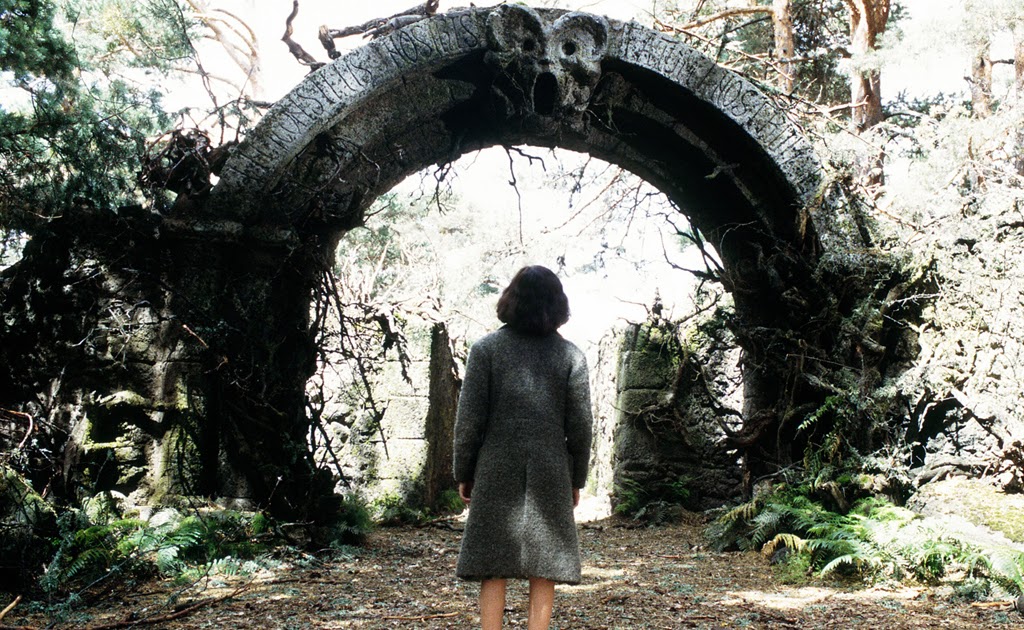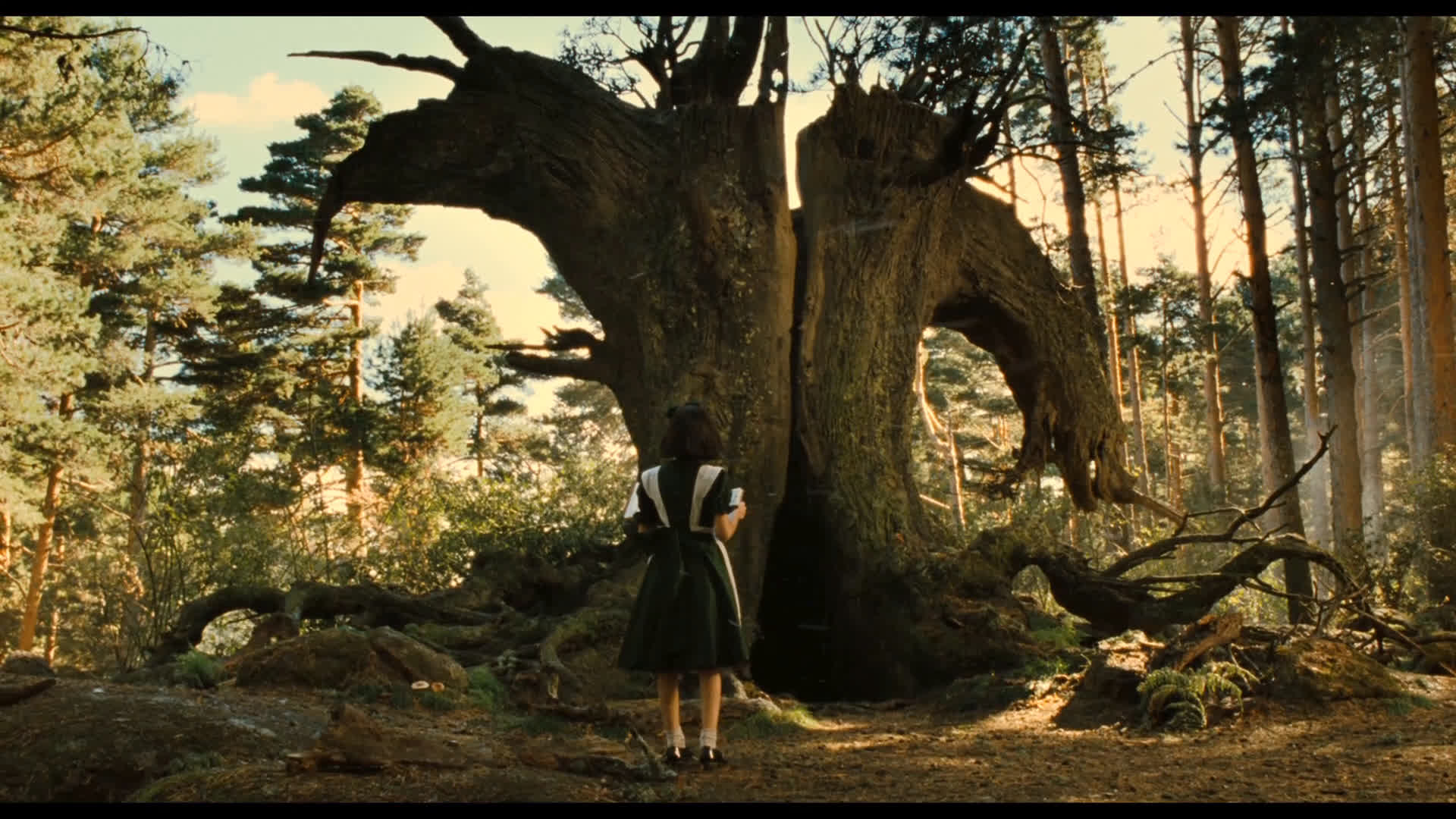In Guillermo del Toro’s haunting masterpiece, “Pan’s Labyrinth” (2006), we are transported to the tumultuous environment of post-Civil War Spain. Against this stage, we follow the journey of Ofelia, a young girl who discovers a mystical labyrinth that leads her into a world of wonder and danger.
Origins and Settings

The characters in “Pan’s Labyrinth” hail from diverse backgrounds, each shaped by their experiences and the environments they inhabit. Ofelia, the protagonist, moves with her pregnant mother to live with her new stepfather, Captain Vidal, in a remote mill in the Spanish countryside. Here, the dense forests and desolate landscapes provide a stark contrast to the lush, mysterious labyrinth nearby.
The Significance of Place
Place matters deeply in the lives of the characters in “Pan’s Labyrinth.” The remote mill represents confinement and oppression, ruled by the authoritarian Captain Vidal. Opportunities for freedom and self-expression are scarce, particularly for Ofelia and her mother, who are subject to the Captain’s control and brutality.

The Spanish Civil War’s Impact
The setting of the Spanish Civil War looms large over the characters’ lives, influencing their behaviors and motivations. Ofelia’s mother, for instance, marries Captain Vidal out of necessity, seeking security in a chaotic and dangerous world. Ofelia herself is deeply affected by the war, using her vivid imagination and the labyrinth as a coping mechanism for the harsh realities she faces.
Ofelia’s Fantasy World as a Coping Mechanism
In the mystical realm of the labyrinth, Ofelia finds comfort and agency amidst the turmoil of her reality. Here, she encounters magical creatures and undertakes dangerous tasks, all while guided by the enigmatic Faun. This fantasy world serves as a refuge for Ofelia, allowing her to navigate and make sense of the chaos and cruelty around her.
Contrasting Realities: Oppression vs. Liberation
The comparison of the oppressive world of Captain Vidal and the liberating realm of the labyrinth is central to the film’s narrative. While Vidal represents authority and control, the labyrinth embodies freedom and possibility. Ofelia’s interactions with these contrasting elements shape her behavior and choices, ultimately leading her on a journey of self-discovery and defiance.
In “Pan’s Labyrinth,” Guillermo del Toro incorporates together themes of war, fantasy, and the resilience of the human spirit. Through characters and evocative settings, the film invites watchers to explore the depths of imagination and the power of hope in the face of adversity.

Comments
2 responses to “Exploring the Depths of “Pan’s Labyrinth””
Hi Rodric, what a crazy movie. At first, that faun just seemed so demonic and wrong to me. I watched it with my wife, we both were like, dang. I also thought that faun was lying to her about being a princess, it was just so weird and disturbing how they met. I know that the movie is supposed to be like majestic with mythical creatures, it was directed and the actors did a very good job the whole movie, it kept me drawn. Thanks for providing the other YouTube content, that was a good generalization of the movie.
I agree with you about the impact of the war on Ofelia’s character. With death being such a main, dark theme you have the death of her father, mother and then the request from the fawn to spill her brothers blood, all of this trauma affects Ofelia. In the end after understanding consequences of her actions she proves to be selfless, refusing to harm her brother. Ofelia and her mother really could have used the help of a social worker in order to process through their emotions of a father/husbands death and be provided resources to help them instead of her mother feeling like she needed to seek security from Captain Vidal. Well done!